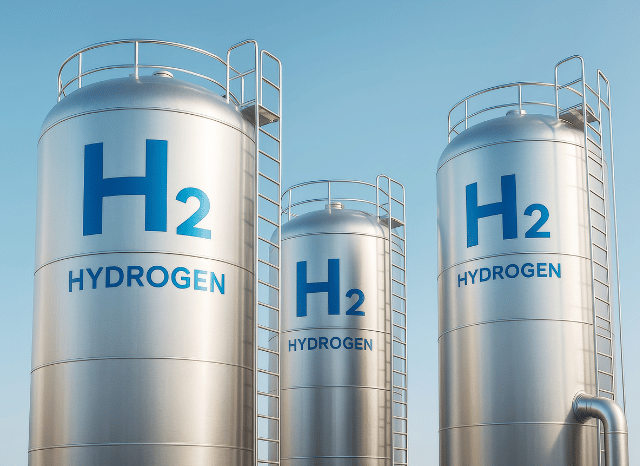
Oman, Germany, and also the Netherlands have signed a groundbreaking settlement that can reshape Europe’s Power landscape, ushering in a completely new period of eco-friendly hydrogen imports from the Middle East.
A bold move in the global Strength transition is having shape concerning Oman and Europe. A historic agreement signed earlier this yr paves the best way for one of the planet’s 1st substantial-scale hydrogen corridors—linking Oman’s broad renewable means to Germany’s industrial hubs via the Netherlands.
The Main of this initiative is eco-friendly hydrogen—made by splitting drinking water by electrolysis driven by solar or wind Electrical power. This form of hydrogen has captivated world wide fascination for its likely to decarbonise sectors which might be normally difficult to electrify, such as major transport, metal creation, and Power storage.
Oman, leveraging its sunny local climate and ambitious nationwide technique, aims to be a leading world exporter of eco-friendly hydrogen by 2030. Forecasts counsel the nation could deliver around one million tonnes of environmentally friendly hydrogen each year by the top from the 10 years. A vital element of this system involves liquefying the hydrogen to facilitate overseas transport.
Enter the hydrogen corridor: a planned maritime and logistics route starting from the energy diversification port of Duqm in Oman, extending on the ports of Amsterdam and Duisburg. Specialised cryogenic tankers, comparable to those used in LNG transportation but tailored for hydrogen’s much reduce temperatures, will carry the gasoline. European ports are currently preparing the necessary infrastructure to acquire, store, and distribute the cargo.
This corridor is not just a logistical feat—it’s a strategic 1. For Germany, that is trying to minimize dependence on fossil fuels and diversify its Vitality mix, the imports could assist fulfill its focus on of bringing in 10 million tonnes hydrogen exports of renewable hydrogen by 2030. The corridor also aligns with broader EU sustainability goals and industrial decarbonisation endeavours.
The task’s significance lies don't just in its scale, and also in its replicability. Like LNG ahead of it, liquid hydrogen could shortly transfer throughout continents, breaking totally free from the limitations of fastened pipeline networks. And Oman isn’t alone. Other initiatives—which include Spain’s Basque Hydrogen Corridor plus the Central European Hydrogen Corridor—may also be building the backbone of a future hydrogen economy.
The Basque task concentrates on integrating manufacturing, distribution, and industrial use in just northern Spain. Meanwhile, the Central read more European more info route programs to repurpose current gasoline pipelines to hold hydrogen from Jap Europe to Germany, further cementing the area’s function while in the hydrogen changeover.
If thriving, these initiatives could mark A significant milestone in decarbonising Europe’s heavy industries and transportation networks—powered because of the Sunshine and wind of distant deserts.